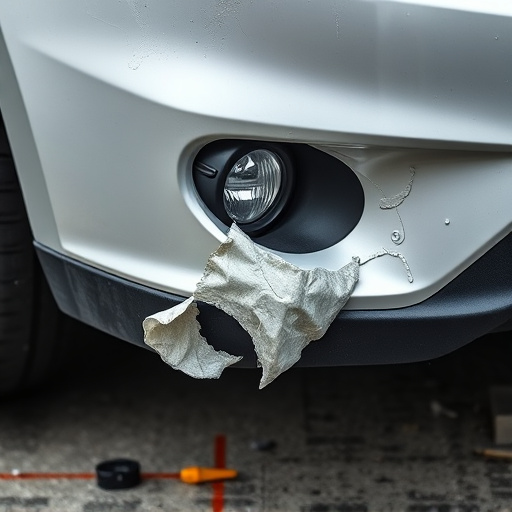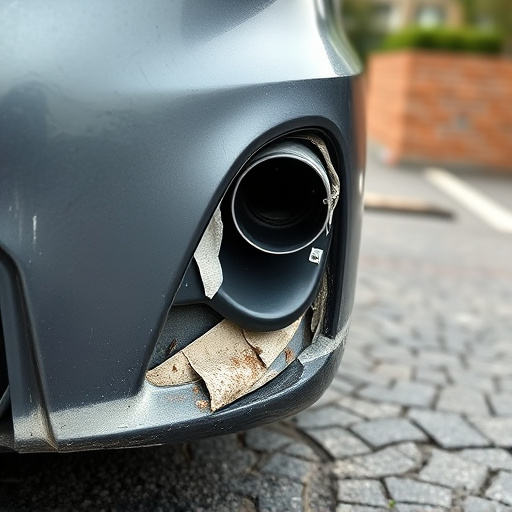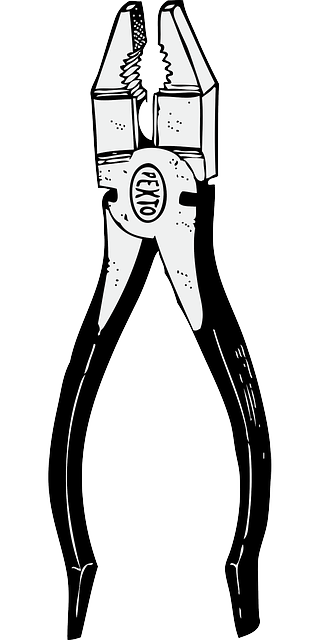A Tesla body computer reset is a vital procedure for maintaining and restoring optimal performance of electronic systems, including engine control, climate control, and ADAS, after repairs like dent repair or collision center work. This process involves navigating to the vehicle's settings menu, resetting the onboard computer to factory settings, and can resolve issues like window controls, seat memory, and exterior lighting problems. Persistent issues may require professional diagnosis. Power cycling, a simple shutdown and restart, is an effective troubleshooting method for diagnosing and resolving issues within Tesla vehicles' electrical systems.
Unleash the full potential of your Tesla with a deep dive into its core systems. This article guides you through the essential process of Tesla body computer reset, a powerful tool for troubleshooting and optimizing performance. From understanding the fundamentals of the Tesla body computer reset to step-by-step instructions, we demystify each action. Additionally, discover the benefits of power cycling as an effective troubleshooting technique tailored to Tesla vehicles.
- Understanding Tesla Body Computer Reset
- Steps to Perform a Tesla Body Computer Reset
- Power Cycling: An Additional Troubleshooting Technique for Tesla Vehicles
Understanding Tesla Body Computer Reset
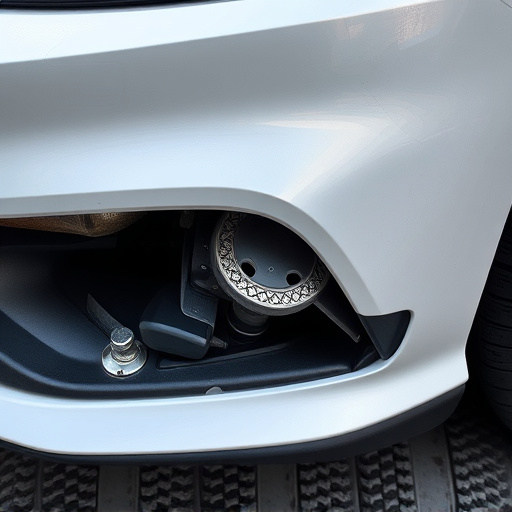
A Tesla Body Computer Reset is a critical procedure for maintaining the optimal performance of your vehicle’s electronic systems. The body computer, or the onboard computer, is the brain behind many modern car features and safety mechanisms. It manages functions such as engine control, climate control, and advanced driver assistance systems (ADAS). Over time, these computers can accumulate glitches or errors due to various factors like power surges, sensor malfunctions, or software conflicts, leading to unexpected behavior in the vehicle.
Performing a Tesla body computer reset involves reconnecting or reprogramming this onboard system to its factory settings. This process is often recommended by auto maintenance experts and can be particularly useful after an auto collision center repair or a vehicle dent repair where electronic components may have been affected. By resetting the computer, you ensure that all systems are functioning as intended, enhancing safety and reliability while also potentially preventing future issues related to malfunctioning electronics in your car.
Steps to Perform a Tesla Body Computer Reset
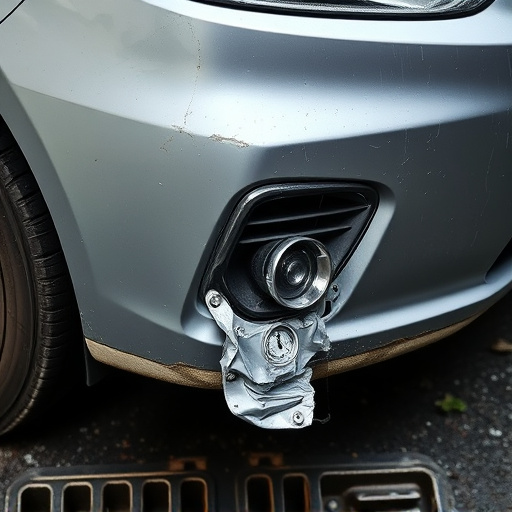
Performing a Tesla Body Computer Reset is a crucial step in ensuring your vehicle’s systems are operating optimally, especially after any fender repair or vehicle collision repair. Here’s how to do it:
1. Access the Setting: Start by turning on your Tesla and navigating to the settings menu. Use the touchscreen interface to scroll through the various options until you find ‘Vehicle’ or ‘Diagnostics’.
2. Select Reset Options: Within the vehicle diagnostics section, look for an option labeled “Reset Body Computer” or a similar variant. This might be found under sub-menus related to software updates or system resets. Once located, select this option and confirm the reset procedure. After a brief moment, your Tesla will power cycle, resetting the body computer to its default settings.
Remember, while a Tesla body computer reset can help resolve certain issues post car paint services or fender repair, it doesn’t replace professional diagnosis for persistent problems.
Power Cycling: An Additional Troubleshooting Technique for Tesla Vehicles

Power cycling is an additional troubleshooting technique for Tesla vehicles that can resolve various issues related to the complex electrical systems found in their advanced automotive architecture. It involves shutting down and then restarting the vehicle’s computer system, including the body control module (BCM), which manages numerous functions such as window controls, seat memory settings, and exterior lighting. This process disrupts any potential software glitches or faulty connections that might have developed over time, effectively resetting the system to its optimal performance.
An automotive body shop specializing in collision repair and fender repair services may employ power cycling as a diagnostic step when addressing customer complaints about erratic behavior in Tesla vehicles. By implementing this simple yet effective procedure, technicians can efficiently narrow down issues related to the BCM or other electronic control units (ECUs), ultimately leading to faster and more accurate repairs.
In conclusion, understanding and knowing how to perform a Tesla body computer reset can significantly enhance troubleshooting procedures for various issues in Tesla vehicles. Both the reset and power cycling techniques offer effective solutions for optimizing performance and resolving potential problems within the car’s complex computing systems. By mastering these steps, Tesla owners and service professionals alike can ensure their vehicles run smoothly and efficiently, ultimately contributing to a better overall driving experience.


